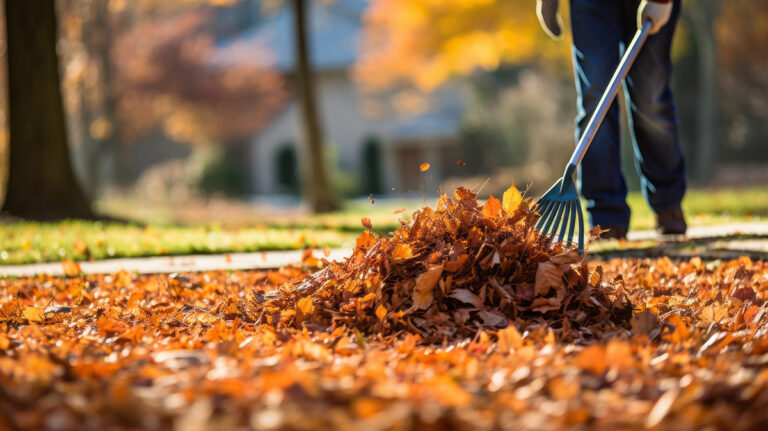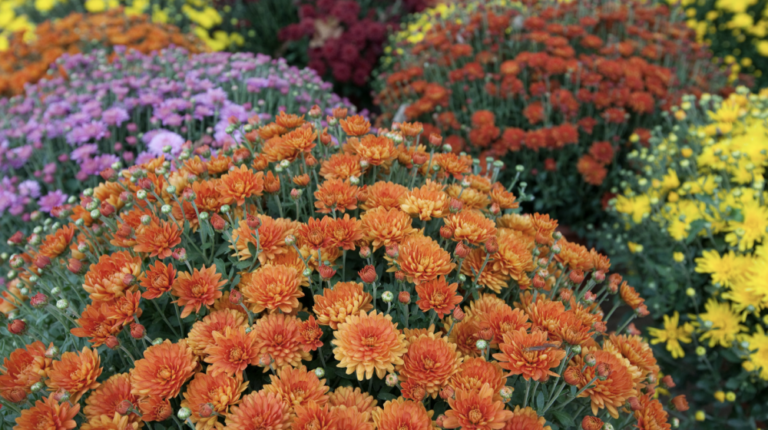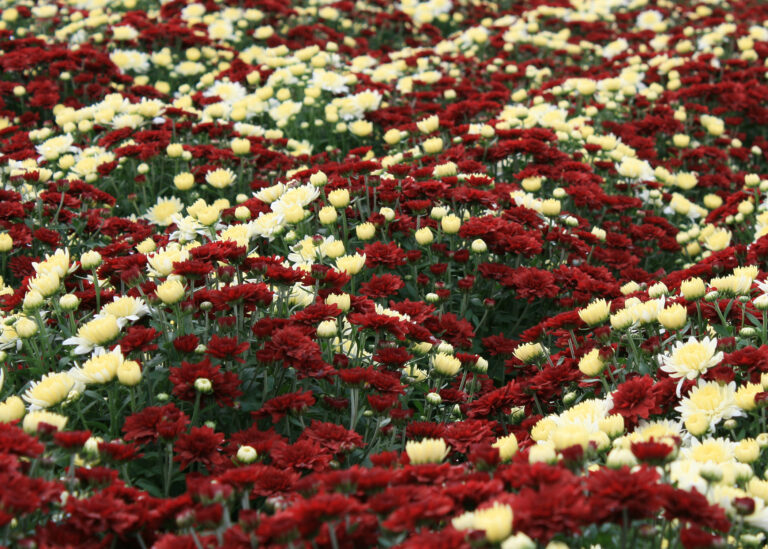
Bunch of Osyster mushrooms close up (Pleurotus ostreatus (Lacq.ex Fr.)Quel)
by Ginny Cheek, Lafayette County Master Gardener
Oyster Mushrooms (Leurotus Ostreatus) are a type of edible fungus that grow on dead or dying trees. They have a mild flavor and a chewy texture, and they can be cooked in various ways. But did you know that oyster mushrooms are also the source of some hilarious facts and stories? Here are some of them.
Oyster mushrooms are named after their resemblance to oysters, not because they taste like them. In fact, some people think they taste more like chicken or seafood. So don’t be surprised if you order oyster mushroom soup and get something that looks like a bowl of clam chowder.
Oyster mushrooms can grow very fast. Some species can double their size in a day, and some can even grow up to 10 inches in a single night. Imagine waking up to find a giant mushroom on your lawn or in your closet. That would be a sight to behold.
Oyster mushrooms can also be very loud. They produce a popping sound when they release their spores, which can be heard from several feet away. Some people have mistaken this sound for gunfire, fireworks, or popcorn. So don’t panic if you hear a loud bang in the woods. It might just be an oyster mushroom doing its thing.

Oyster mushrooms have some amazing health benefits. They are rich in protein, fiber, vitamins, and minerals, and they can help lower cholesterol, blood pressure, and blood sugar. They also have antibacterial, antiviral, and anti-inflammatory properties, and they can boost your immune system. But don’t eat too many of them at once. They can also cause allergic reactions and stomach upset, in some people, especially if eaten raw.
At the grocery store, select oyster mushroom clusters that are firm with a fresh, smooth appearance. The surface of the mushroom should be dry, but not dried out, and appear plump. Oyster mushrooms can be found in a rainbow of colors including blue, yellow, pink, and brown/gray. Store mushrooms in original packaging or in a porous paper bag for prolonged shelf life. Some mushrooms may keep for up to a week in the refrigerator. Fresh mushrooms should never be frozen, but frozen sautéed mushrooms will keep for up to one month. To clean mushrooms, brush off any debris with fingers or a damp paper towel, or rinse briefly under running water and pat dry with a paper towel. Note that the entire mushroom is edible from cap to stem! If you have a lot of oyster mushrooms you can rinse them, but be careful not to rinse for too long as they can become waterlogged (goodbye flavor!)
Oyster mushrooms have been used for various purposes throughout history. They have been eaten as food, used as medicine, made into paper, dyed into colors, and even used as weapons. Yes, weapons. During World War I, some soldiers used oyster mushrooms to make poison gas grenades. They would fill glass bottles with oyster mushroom spores and throw them at the enemy trenches. The spores would cause respiratory infections and blindness in the soldiers who breathed them in.
Oysters come in a variety of colors. In fact, pink oyster was my very first mushroom to cultivate. Very easy. Very pretty. Very forgiving. And very tasty! I’ve seen the gray oyster at the Saturday Farmer’s Market. Also very tasty! The most common varieties of oyster mushrooms found in grocery stores are Pearl Oyster (Pleurotus ostreatus) are tender and small, with almost no stem and King Oyster (Pleurotus eryngii) which have thick white stems and small flat caps, with a heartier, meatier texture than other oyster mushrooms. Asian grocers, such as Asiana Market in Memphis, are likely to carry more varieties of oyster mushrooms.
As always with something new, start off slowly and don’t eat too much at first until you know how you will react, if at all.
For more information on Mushrooms, consider joining the North American Mycological Association. Go to http://www.namyco.org/join.php For only $30 for non-affiliated members, you will receive 6 issues of The Mycophile, full access to our expanded website, and a standing invitation to all NAMA-sponsored forays. Members enjoy all the benefits NAMA has to offer, including our newsletter, The Mycophile, which is full of educational articles and news about upcoming forays. For further information and identification keys on many types of mushrooms, you might want to check out www.MushroomExpert.com.



